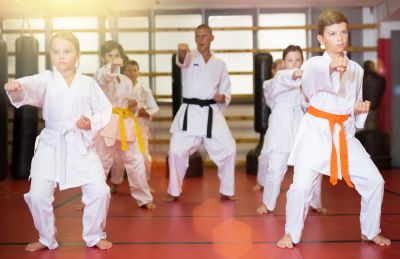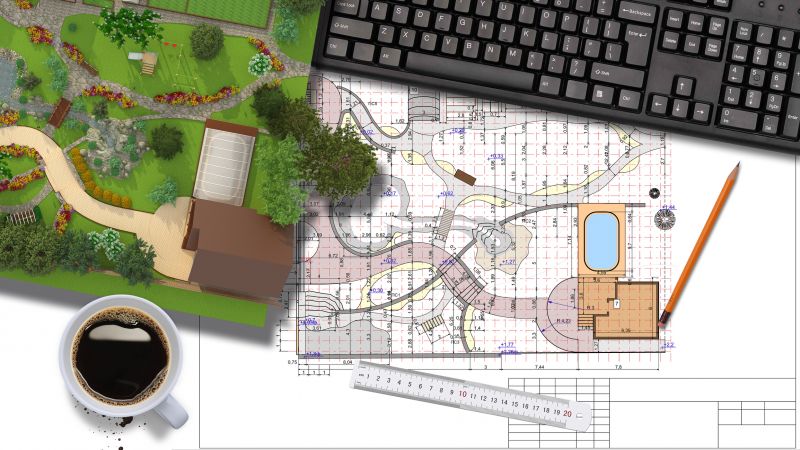Optimal Timing for Effective Gradings
Gradings are an essential part of evaluating progress and establishing benchmarks in various disciplines. Timing can significantly impact the effectiveness and fairness of the grading process, making it crucial to choose optimal periods for assessment.
Most organizations prefer conducting gradings at the end of a training cycle or season to assess cumulative progress.
Scheduling gradings after a comprehensive training phase ensures participants are adequately prepared and evaluated on their skills.
Aligning gradings with major events or competitions can provide motivation and a clear goal for participants.
Regular assessments, such as quarterly or semi-annual gradings, help track ongoing development and identify areas for improvement.

Participants demonstrating skills during a grading event.

A group preparing for a grading at the end of a training cycle.

Official grading ceremony with participants receiving evaluations.

Ways to make Gradings work in tight or awkward layouts.

Popular materials for Gradings and why they hold up over time.

Simple add-ons that improve Gradings without blowing the budget.
| Timing Factor | Impact |
|---|---|
| End of Training Cycle | Ensures assessments reflect full skill development. |
| Before Major Events | Provides motivation and clear goals. |
| Regular Intervals | Tracks progress and identifies improvement areas. |
| Participant Readiness | Results in more accurate and fair evaluations. |
| Seasonal Timing | Aligns with organizational or sport-specific schedules. |
| Post-Training Breaks | Allows recovery and preparation for assessments. |
Gradings serve as a formal evaluation of skill levels and progress. They are often scheduled to maximize fairness, accuracy, and motivation. Proper timing can influence the success of the assessment, ensuring participants are evaluated when they are most prepared and capable.

Participants awaiting evaluation during a grading event.

A participant demonstrating skills for grading.

Judges assessing participants during a grading.

Participants receiving their grading certificates.

High-end options that actually feel worth it for Gradings.

Finishes and colors that play nicely with Gradings.

Little measurements that prevent headaches on Gradings day.

A 60-second routine that keeps Gradings looking new.
Interested parties should consider scheduling gradings at strategic times to ensure optimal assessment conditions. Filling out the contact form can provide further guidance on suitable timing options and preparation tips.
